Pain vs sensation yoga practice
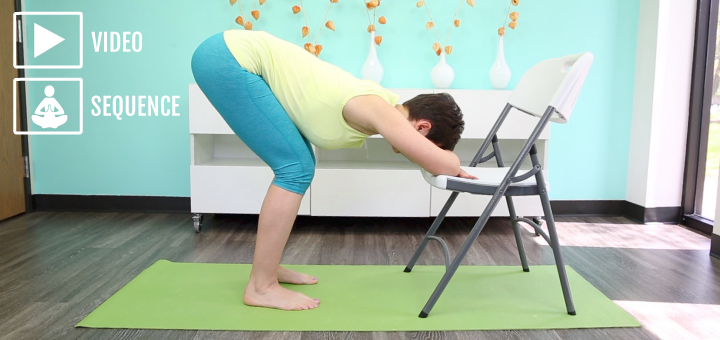
Your brain interprets your bodily sensations based on context and experience. If you feel a rumbling sensation in your stomach and it’s almost dinner time, you interpret it as hunger based on the time of day and your previous experience of hunger. If you are on a deadline and struggling to finish your work on time, you might interpret the feeling in your stomach as anxiety and fear of failure (especially if you are prone to anxiety). If you have experienced irritable bowel syndrome, you might interpret the same stomach sensation as a flare-up of your symptoms.
Our brains engage in these kinds of educated guesses all the time, and they rarely rise to the level of our conscious awareness. The brain goes through a quick elimination process, trying to find a past experience that best matches the current sensation in the current context. If, in the past, you experienced pain in your lower back every time you moved, your brain is more likely to interpret any sensation in your back as pain when you begin to move (based on experience and context). That is why it is important to develop “sensation granularity”: the ability to distinguish between different types of sensations with more accuracy. If you learn to do that, your brain will be less likely to interpret stress as hunger or the sensation of muscle contracting as pain. The best way to do that is to direct our focus into our bodies and pay very close attention to the sensations that arise. At first, it might be difficult to distinguish between pain and sensation, but the more we do it, the easier it becomes.
The simple yoga practice below encourages you to pay close attention to your body’s response to each movement. It helps you identify specific movements that cause pain (if any) and differentiate between pain and sensations. It also allows you to start with small movements and then gradually expand the range to ease your body and brain into movement without causing alarm. It reminds you to be kind to your body and treat it like you would a dear friend, with or without pain.
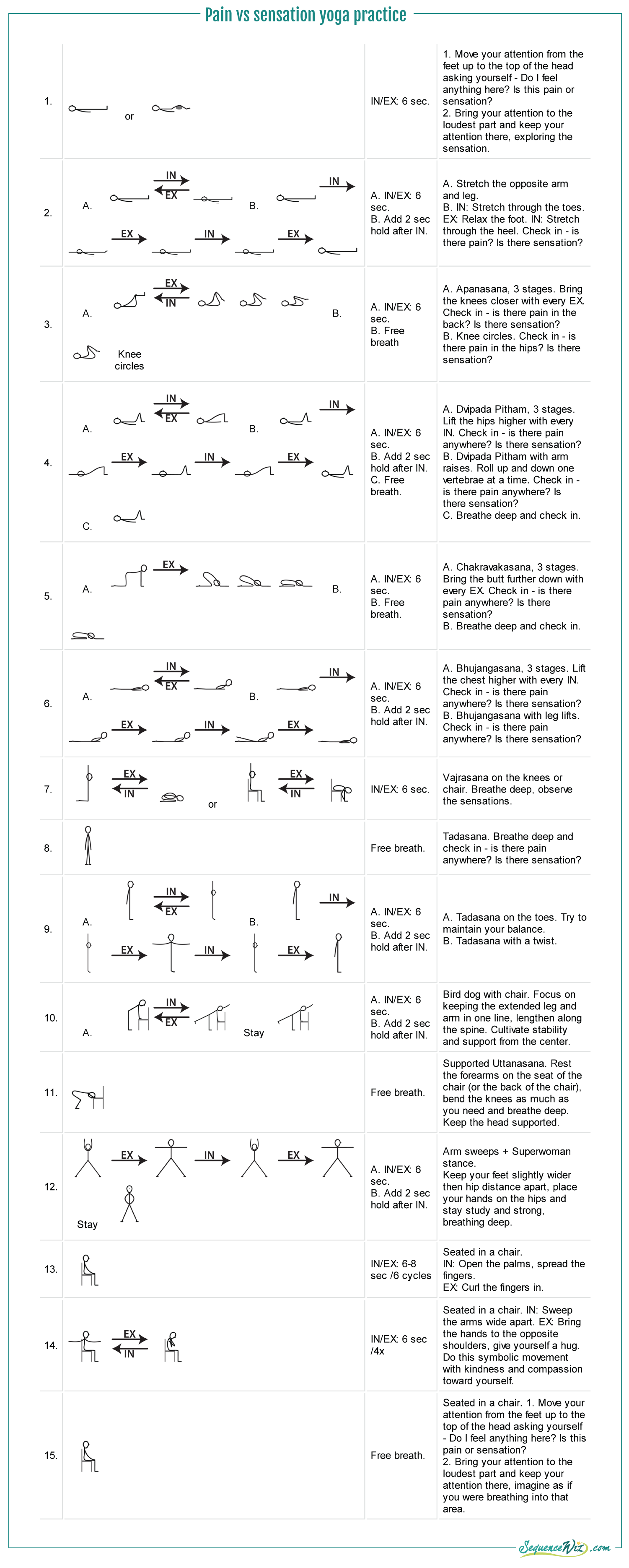
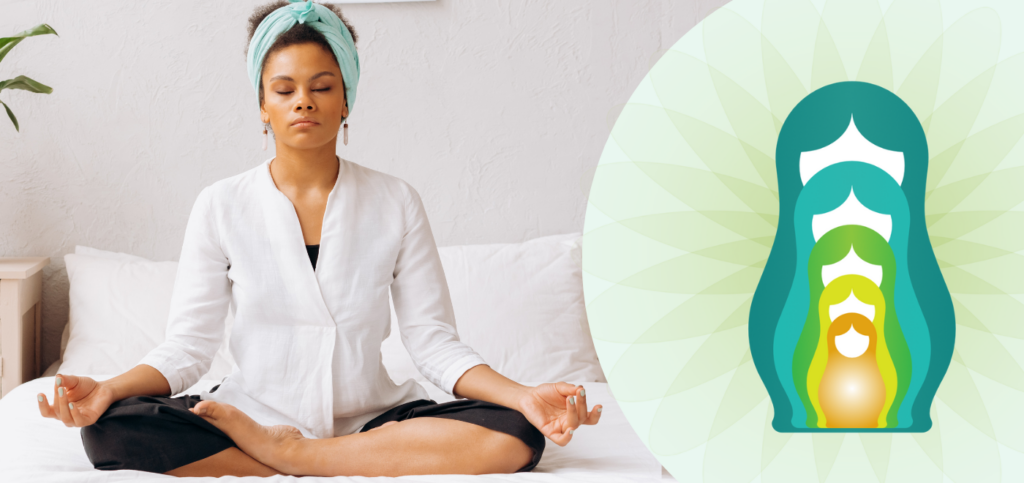
We are multidimensional beings, and when problems arise, they usually show up on multiple levels. However, the external layers can obscure what’s happening on the inside.

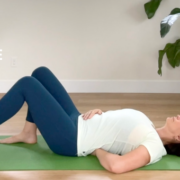
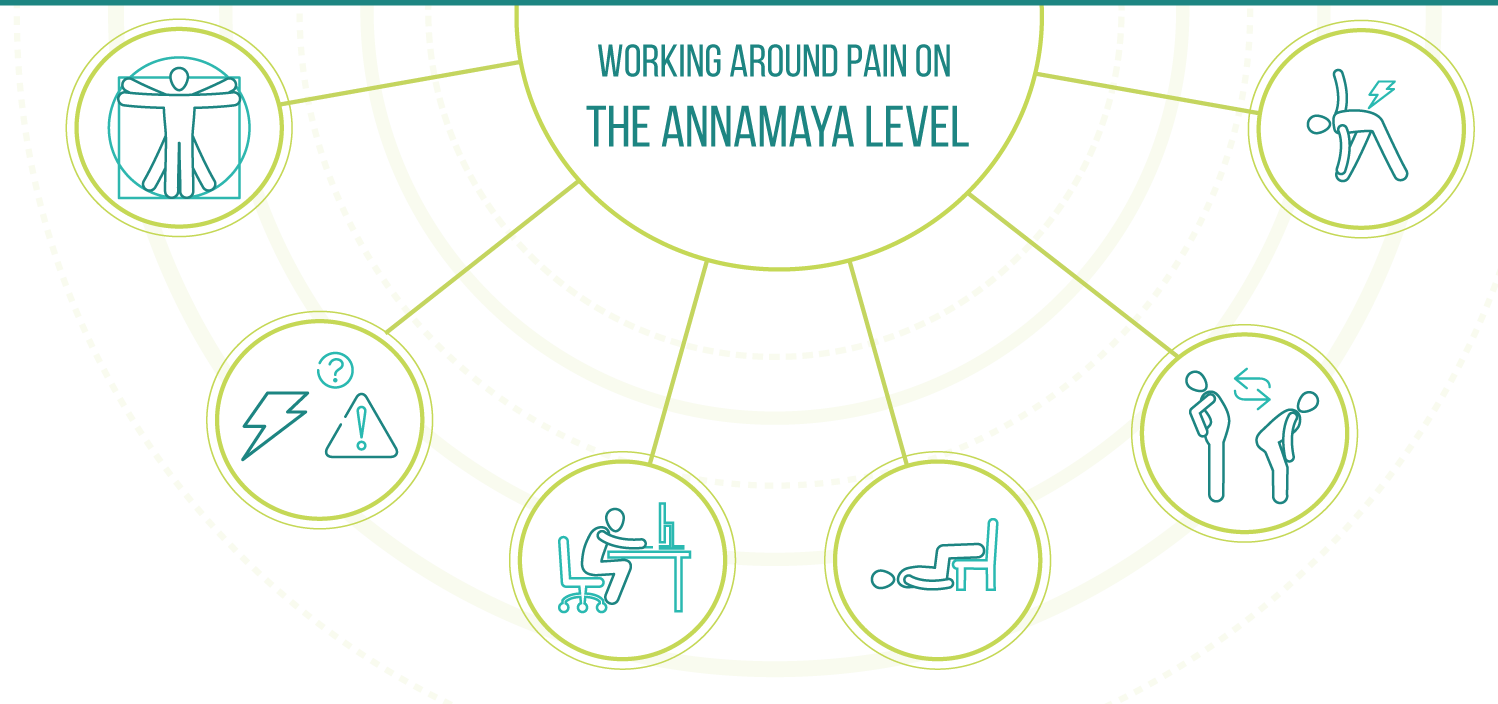

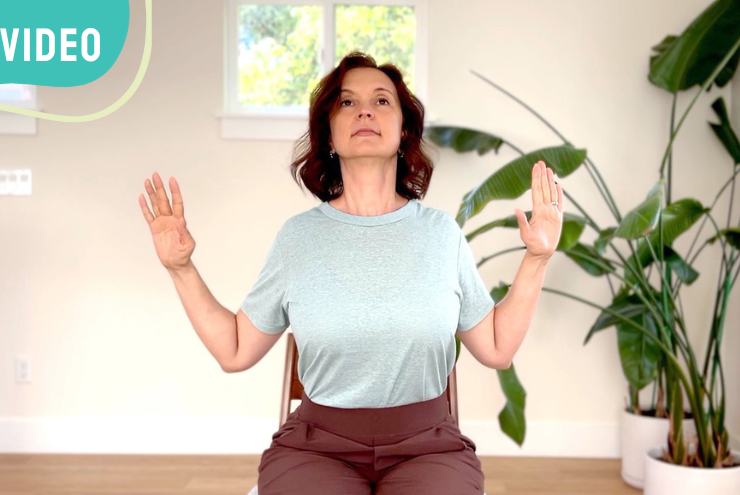
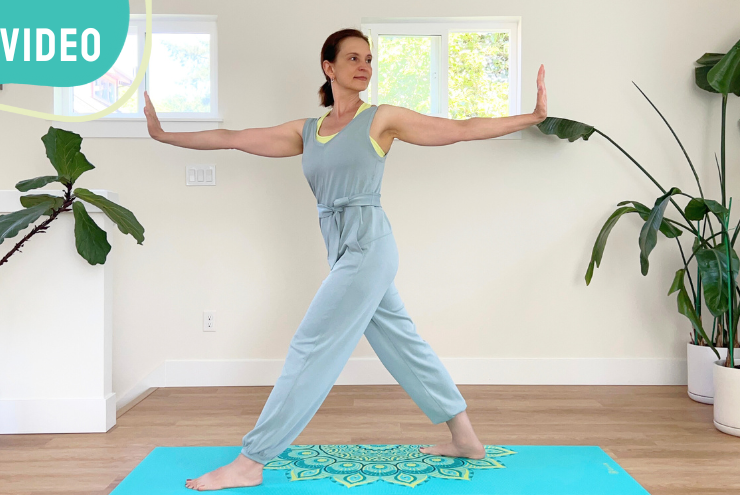
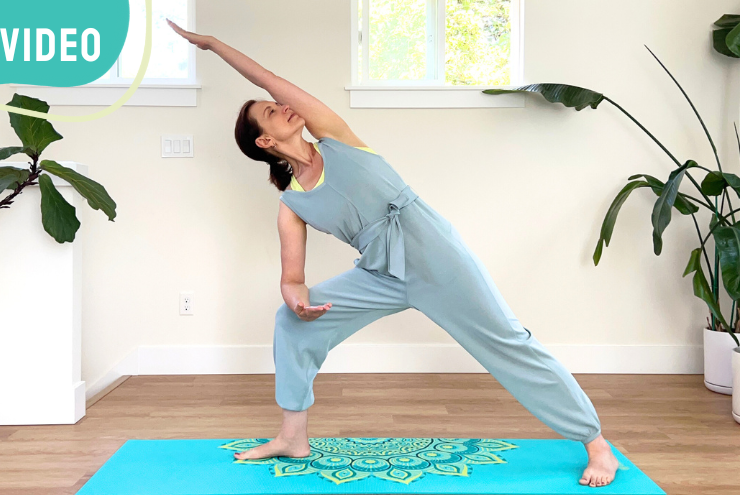



Greetings Olga,
Would you have any suggestions for clients with Plantar Fasciitis?
Thank you,
Katherine
This was lovely, since I feel that savasana is the most important pose in the practice I ended it like the beginning in savasana, to settle the body + let the PSNS/relaxation to dominate so the practice can integrate, especially for people who sit to much as it is, then end w/sitting meditation